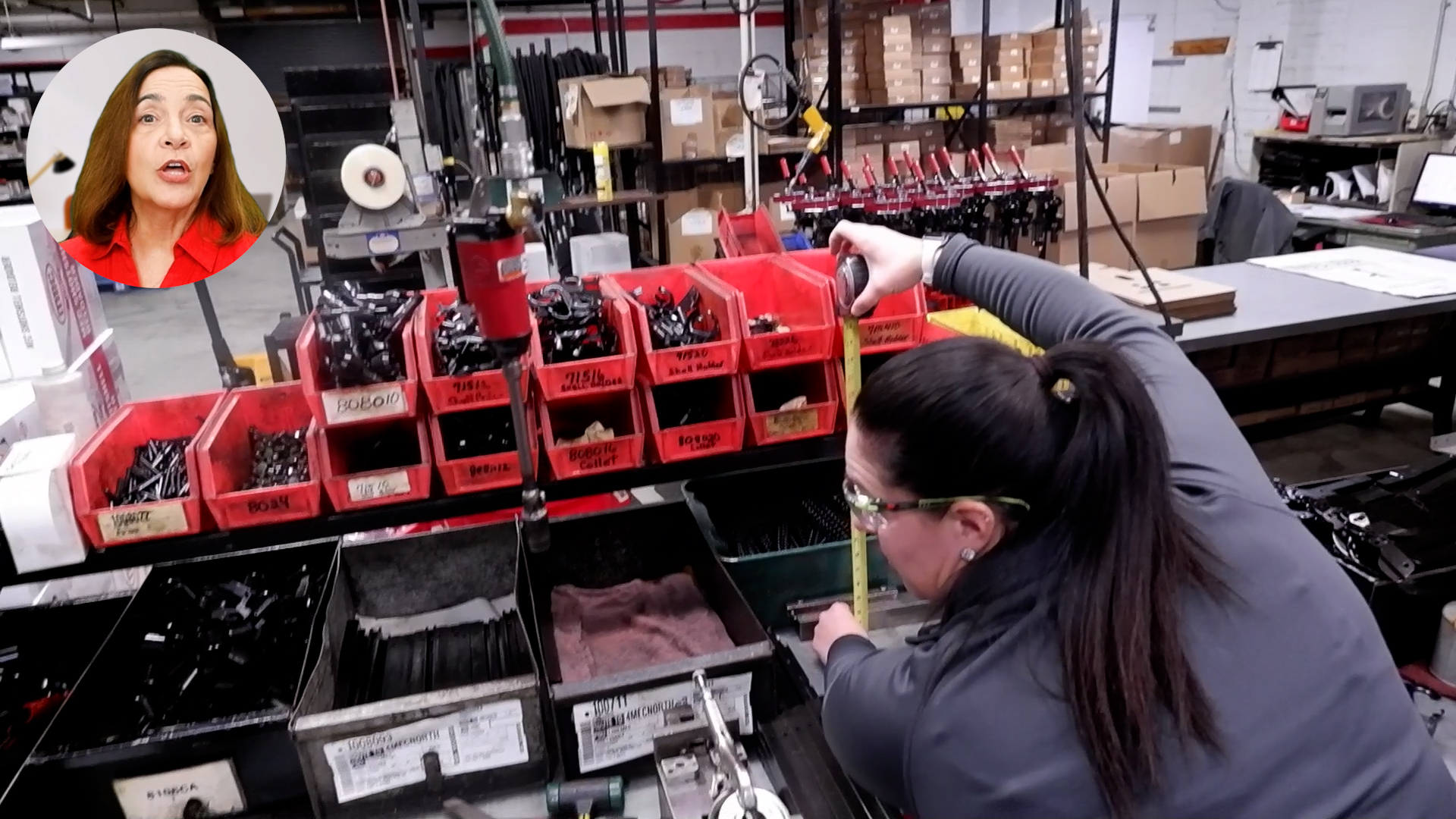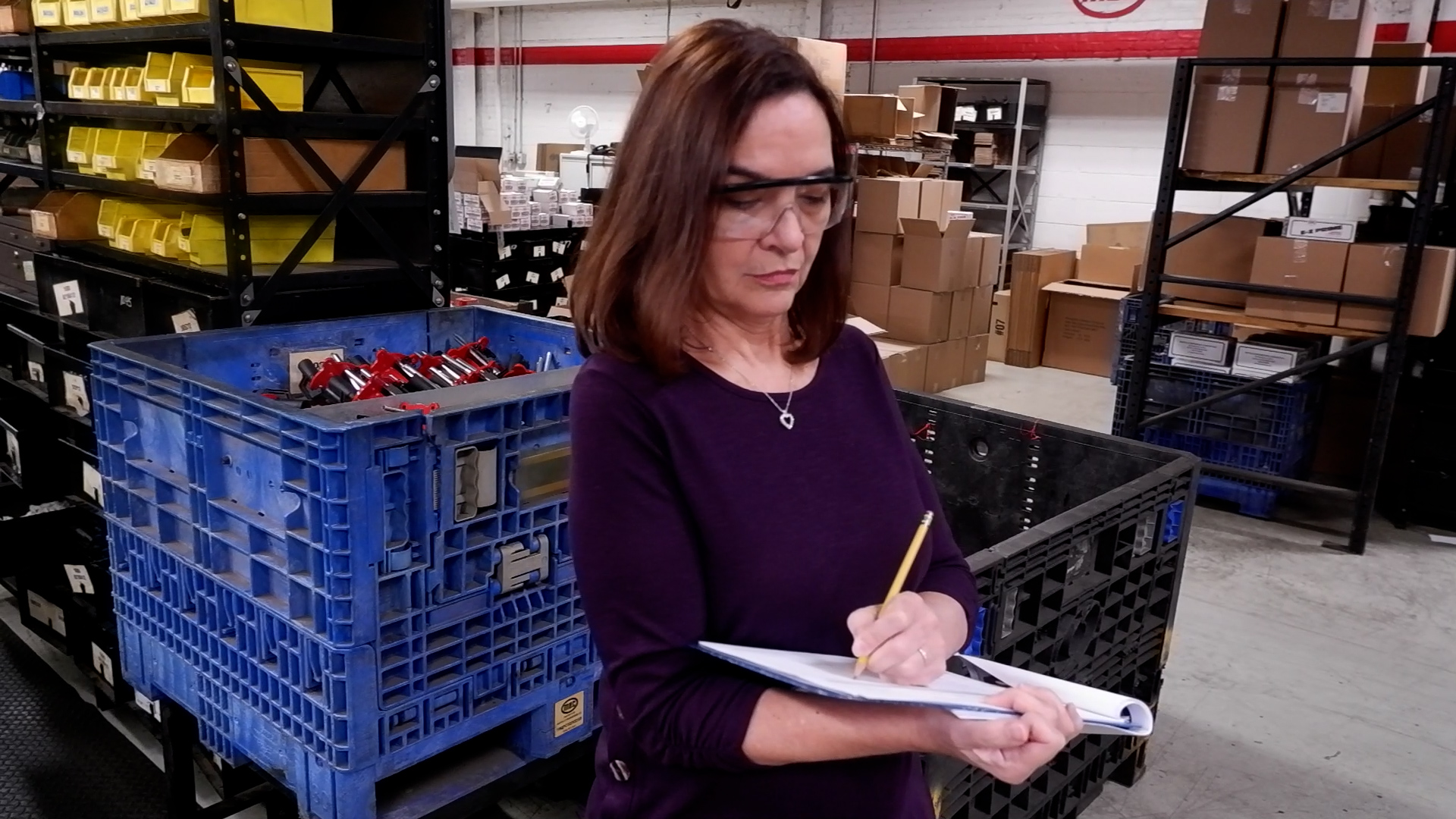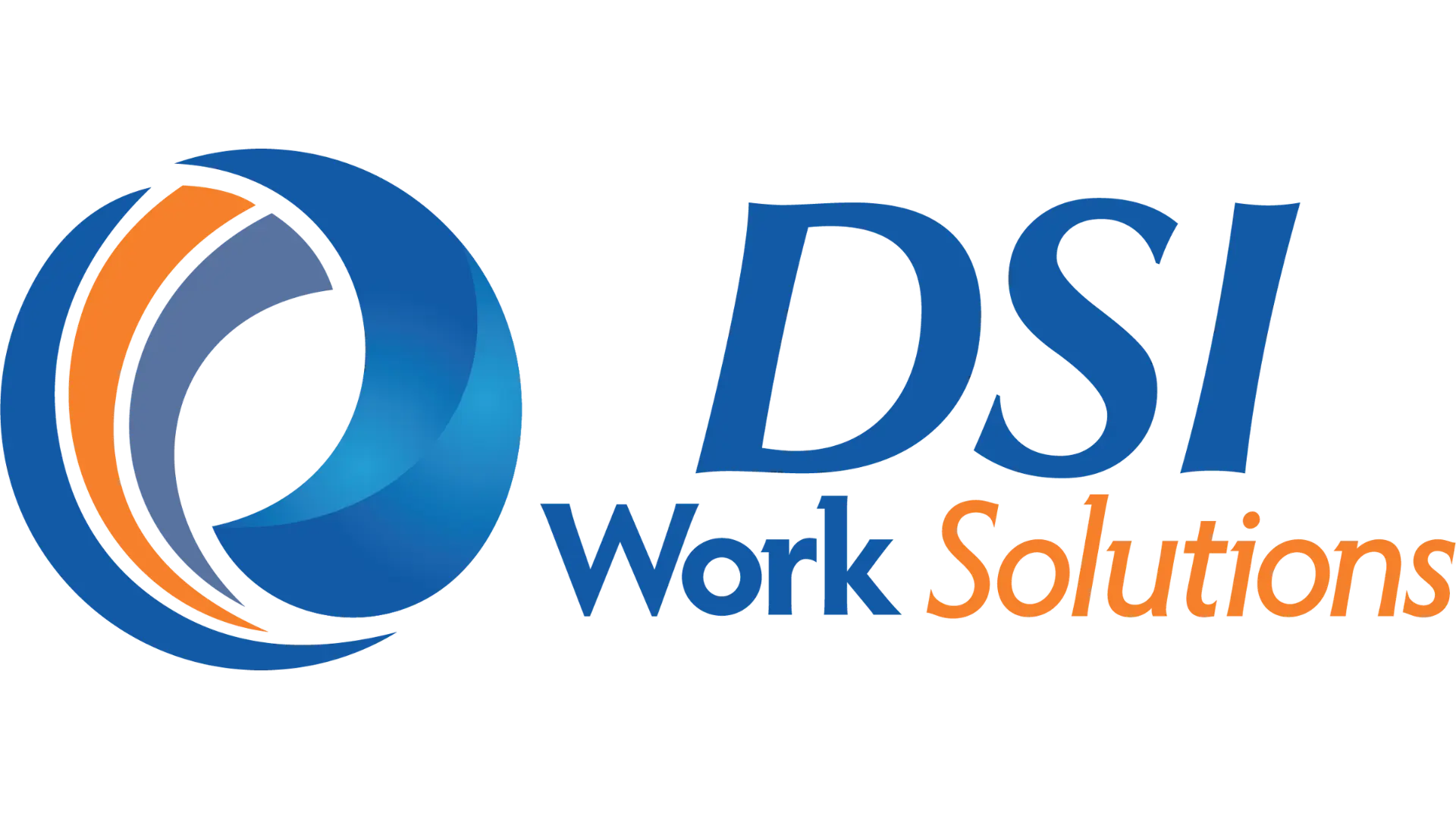Introduction
Job analysis is an integral part of physical and occupational therapy, particularly in the context of work injury prevention and management. The aim here is to equip you with a deeper understanding of job analysis and its significance in your professional practice. This insight plays a key role in ensuring the safety and optimal functioning of workers in various industries. Let’s explore the essential components of job analysis and learn they can be applied in your field.
The Role of the Job Analyst
In the realm of job analysis, the job analyst is pivotal, acting as a crucial conduit for information. Their role extends beyond mere observation, they actively gather job-relevant data, ensuring that every aspect of the job’s physical demands is thoroughly understood. This process is not isolated, it involves a comprehensive understanding of the tasks, tools, and environments that workers encounter daily. By collecting this data, the analyst lays the foundation for accurate assessments, which are vital in tailoring injury prevention strategies specific to each job role.
Collaboration is the cornerstone of effective job analysis. The job analyst doesn’t work in a vacuum but rather in concert with employees, supervisors, and safety professionals. This cooperative approach ensures that the analysis is not only accurate but also reflective of the real-world scenarios workers face. By engaging with the workforce and aligning with an agreed-upon approach, the analyst ensures that the outcomes of the job analysis are relevant, practical, and applicable. This collaborative effort is essential in creating a safe and efficient workplace, benefiting both employers and employees.

Preparing for Job Analysis
Before performing a job analysis, careful preparation is key. The initial step involves an on-site visit, for a tangible understanding of the work environment. This visit allows for a firsthand observation of the workspace, tools, and equipment used in daily operations. It’s during this stage that the physical aspects of the job are first noted, setting the stage for a more detailed analysis later on. Additionally, these visits provide an opportunity to observe the workflow, understanding how tasks interconnect and the physical demands they place on employees.
Equally important is the establishment of ground rules, achieved through meetings with employees and supervisors. This is not just a procedural formality; it’s a critical step in ensuring transparency and collaboration throughout the job analysis process. In these meetings, the objectives of the job analysis are clearly laid out, and input from employees and supervisors is actively sought. This open dialogue fosters trust and ensures that the analysis is conducted in a manner that respects and understands the perspectives of those who are most familiar with the job. By involving them from the onset, the analysis is grounded in reality, enhancing its relevance and accuracy.
Analyzing Physical Job Demands
Analyzing physical job demands is a process that starts with identifying the critical physical aspects of each job role. This involves measuring and quantifying the physical tasks – like lifting weights, the range of motions required, and the frequency of these activities. Precision is key here; the analyst uses various tools and techniques to capture accurate data on the forces exerted, the duration of tasks, and the ergonomic impact on workers. This quantification is vital, as it forms the basis for developing strategies to prevent work-related injuries and enhance job design for better ergonomics.
What makes this process truly effective is its interactive nature, involving active participation from employees. This isn’t a passive observation; employees are engaged in demonstrating their tasks, providing insights into their daily routines. This participation builds trust and ensures that the data collected is reflective of actual job demands, not just theoretical assumptions. Documenting this data with agreement from employees reinforces its validity. It’s this trust and consensus that ensures the final analysis is not only accurate but also respected and acknowledged as a true representation of the job demands by those who perform these tasks daily.

Data Capturing Scenarios
Data capture in job analysis typically unfolds in three distinct scenarios, each offering unique insights into the physical demands of the job. The first and most direct method is capturing data during actual job performance. This approach allows for real-time observation of employees in their natural work environment, engaging in their regular tasks. It provides the most accurate reflection of the job’s physical demands, as it captures the dynamics of the workplace and the spontaneous nature of many tasks.
However, real-time observation isn’t always feasible, leading to the second scenario: employee demonstrations. In this setup, employees are asked to replicate specific job functions or tasks. While this might not capture the spontaneity of real-time performance, it allows for focused observation and measurement of specific tasks that are critical to the job. This method is particularly useful for analyzing tasks that are infrequent or difficult to observe during a regular workday.
The third scenario involves scheduled observations, where the analyst returns to the workplace at a predetermined time to observe job functions that were not captured in the earlier stages. This method is especially relevant for tasks that occur at specific times or under certain conditions. Scheduled observations ensure a comprehensive analysis, capturing the full spectrum of job functions and their physical demands. Each of these scenarios contributes to a holistic understanding of the job, ensuring that no critical aspect is overlooked in the analysis.
Documentation and Efficiency
Effective documentation is a cornerstone of job analysis, requiring it to be concise, reader-friendly, and easily accessible. This documentation isn’t just a record, it’s a tool for communication and understanding, bridging the gap between analysis and application. Therefore, it’s imperative that the information is clearly and succinctly presented, avoiding jargon and technical complexities that might obscure the data’s practicality. The aim is to create a document that can be easily understood and utilized by everyone involved, from employees to management, ensuring that the findings are not just recorded, but are actively used to improve workplace safety and ergonomics.
To achieve efficiency in documentation, it’s advisable to document findings concurrently with the analysis process. This approach helps in capturing details accurately and promptly, reducing the likelihood of missing or forgetting critical observations. Utilize standardized forms or digital tools for data entry to streamline the process. If possible, setting up a dedicated space close to the analysis area, like a break room or conference room, can be beneficial. This allows for immediate documentation without losing the context of the analysis. Remember, efficient documentation is not just about saving time, it’s about preserving the integrity and applicability of the job analysis findings.
Review and Improvement of Documentation
The review and improvement phase is a critical step in the job analysis process, ensuring the accuracy and relevance of the documentation. After the initial analysis and documentation are completed, it’s vital to engage in a thorough review. This is not just a cursory glance but an in-depth examination to refine and enhance the document. The purpose is to ensure that the final output accurately reflects the physical demands of the job and is of practical use in improving workplace safety and efficiency.
Involving key stakeholders in this review process is essential. Employees, supervisors, safety representatives, and human resources personnel should all have an opportunity to provide feedback on the documentation. Their firsthand experience and insights are invaluable in verifying the accuracy of the data and the feasibility of the recommendations. This collaborative review not only enriches the quality of the document but also fosters a sense of ownership and acceptance among those who are directly impacted by its application. By incorporating feedback from a broad range of perspectives, the job analysis document becomes a trusted and effective tool for enhancing workplace practices.

Conclusion
As we wrap up this exploration into the essentials of job analysis, I encourage you to further your understanding and application of these principles by exploring our website. Here, you’ll find a comprehensive array of resources and courses tailored to enrich your skills in work injury prevention and management. Our courses are designed with practicality and real-world application in mind, providing you with the tools and knowledge necessary to excel in this field.
We offer an opportunity to experience the first lesson of our courses at no obligation, allowing you to gauge the value and relevance of our content to your professional needs. Our commitment is to empower you with the education and support essential for effectively managing and preventing work injuries. We look forward to having you join us for the remaining videos in our series, each one crafted to deepen your expertise and contribute to creating safer, more efficient work environments.












.webp)